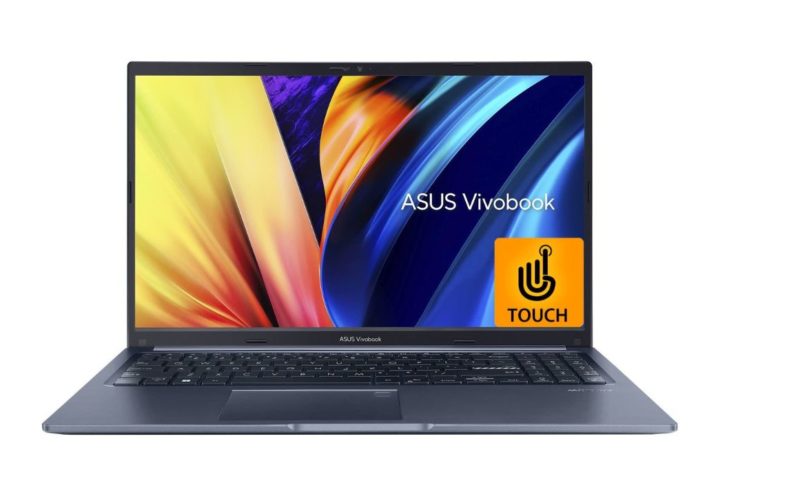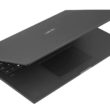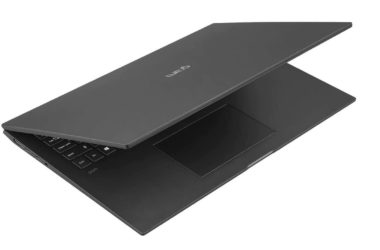What operated to be a book is now the 5 Best laptops for students under ₹ 50,000. With one exception: School children receive books free of charge at the commencement of the school year, while technical supplies such as laptops or tablets are scarce in schools. What the state cannot solve is left up to the parents. Of course, learning a computer should not cost too much.
1. Lenovo IdeaPad 3
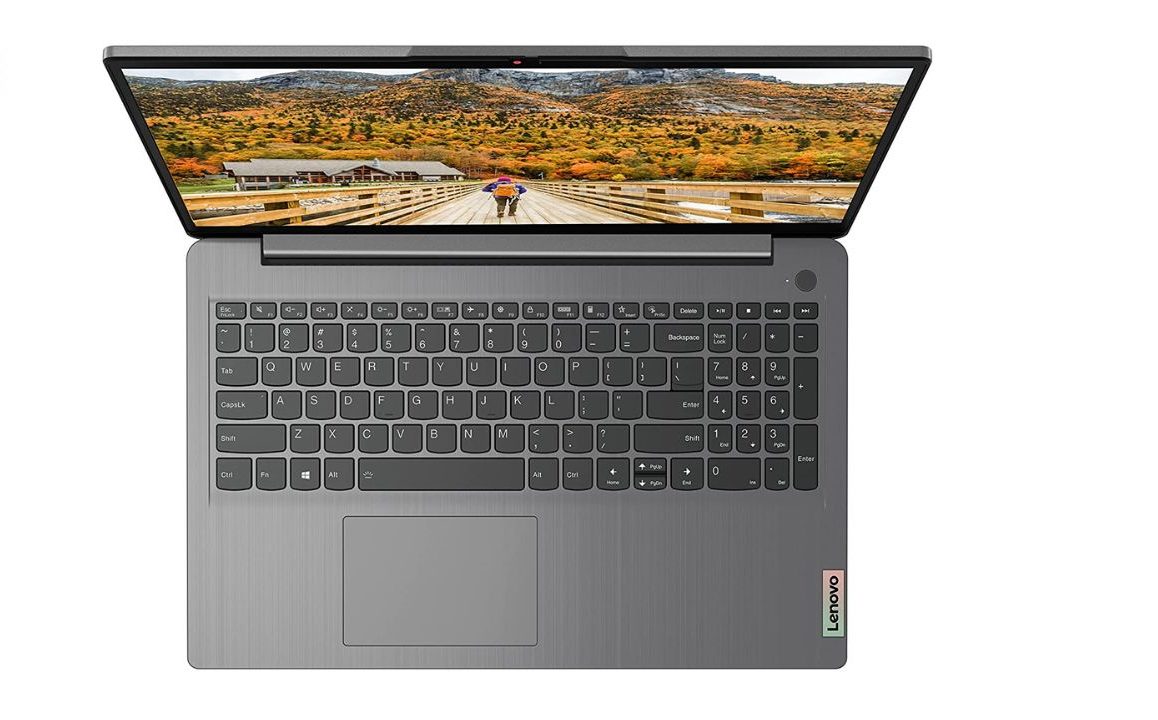
It’s a demanding computer for school. 2 midpoints work in the built-in Intel Pentium Gold 7505. The 15.6-inch display (39.6 Cm) has a resolution of HD+ (1600 x 900 pixels). The RAM is 8 GB. That’s enough for school.
The capacity of the internal memory, i.e. the memory on which the computer saves pictures, videos, and compositions, could be a little larger. The built-in SSD only holds 256 GB of data. This is more than sufficient for pure school work. Yet, if your child thinks of also backing up private pictures and videos on the laptop, things could fast become compressed. The laptop can be attached to a monitor via an HDMI socket. Windows 11 works on the laptop.
Specifications:
| Display | 39.6 cm (15.6 in) |
| Resolution | 1600×900 pixels |
| Processor | Intel Pentium Gold 7505 |
| RAM | 8GB |
| Storage | 256 GB |
| Price | ₹ 36,490 |
2. ASUS VivoBook 15
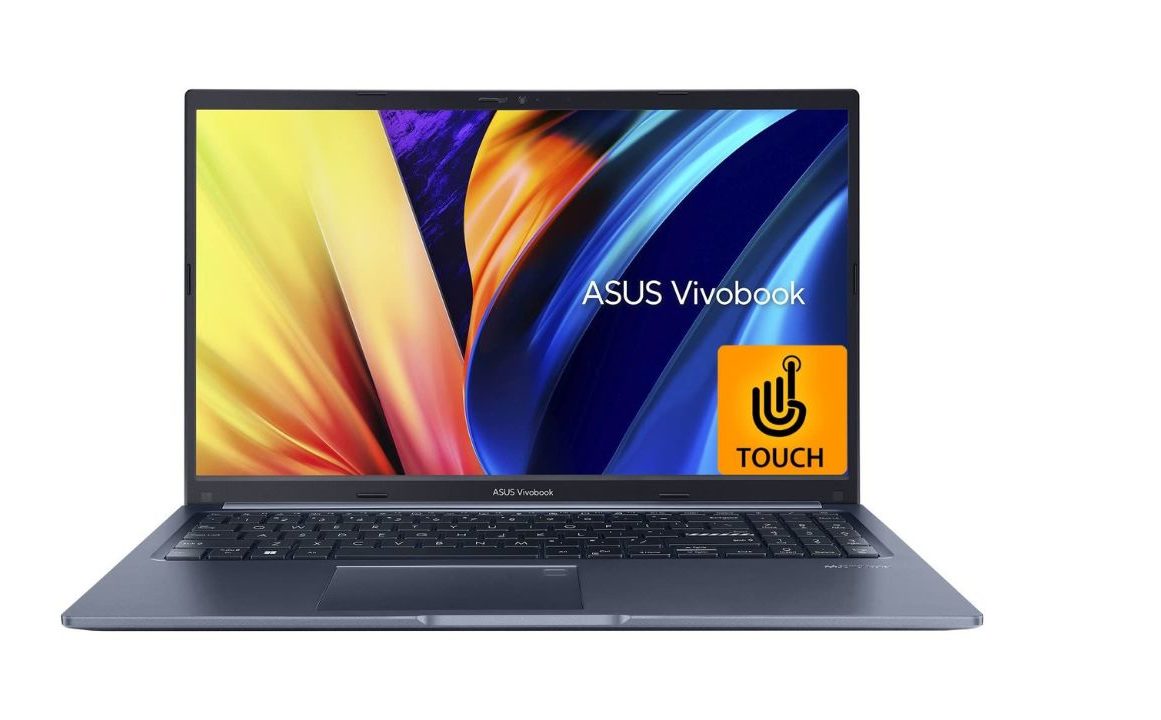
At 15.6 inches (39.6 Cm), it is the same size but cheaper. The biggest contrast is the processor. Because it accomplishes arrive from chip works AMD but from its opponent Intel. The Intel Core i53-1005G1 works on the laptop. Unfortunately, it only has 2 cores, but it is still appropriate for school or university.
Yet, there is an important difference in the arrangement corresponding to the AMD Ryzen 5 5500U. The AMD processor is significantly more effective. In terms of display resolution, storage space, and connection options, the first 2 laptops take almost nothing.
Specifications:
| Display | 39.6 cm (15.6 in) |
| Resolution | 1920×1080 pixels |
| Processor | Intel Core i3-105G1 |
| RAM | 8 GB |
| Storage | 512 GB |
| Price | ₹ 48,187 |
3. HP 15s
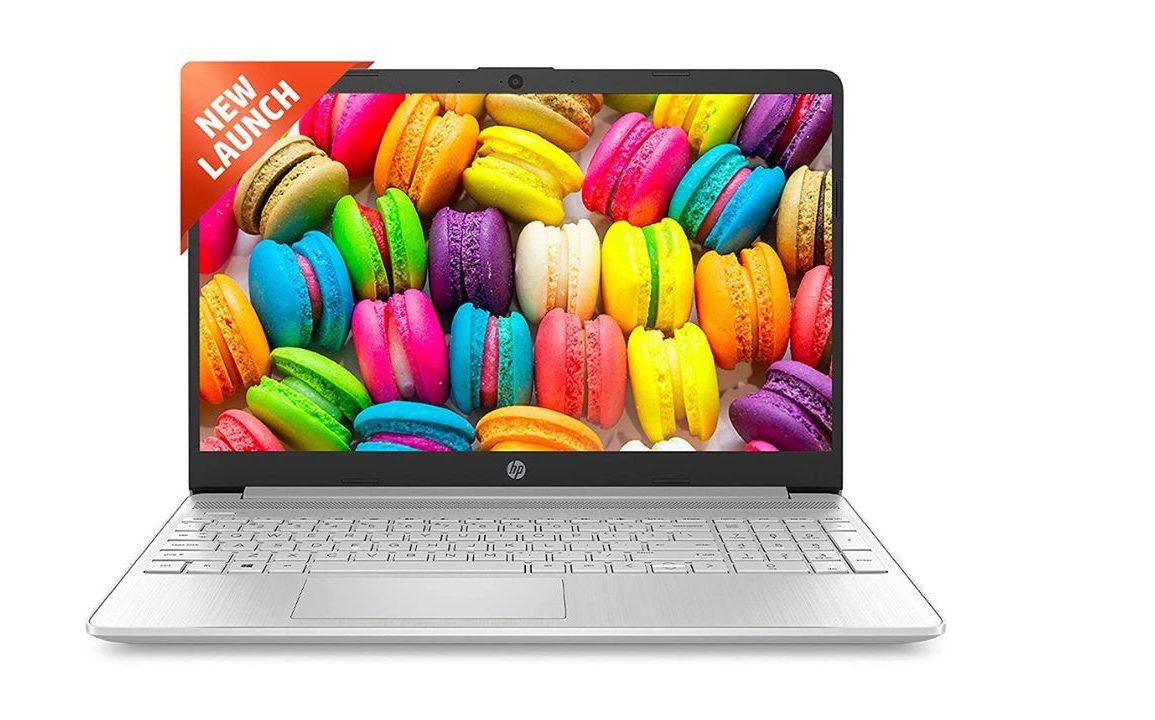
That brings everything that makes students happy. Students can work with several timetables at the exact time on a screen diagonal of 15.6 inches (39.6 Cm). This is made possible by the Ryzen 3 5300 U processor from AMD in conjunction with the built-in 8 GB of RAM. The internal memory is 512 GB in size and is therefore sufficient for a school career. As with all other laptops, a webcam, loudspeaker, and microphone are available. The display has a Full HD resolution. Yet, there is one powerful difference between the 2 previous models: the Asus laptop has a USB-C socket.
Specifications:
| Display | 39.6 cm (15.6 in) |
| Resolution | 1920×1080 pixels |
| Processor | AMD Ryzen 3 5300U |
| RAM | 8 GB |
| Storage | 512 GB |
| Price | ₹ 42,999 |
4. Acer Extensa 15
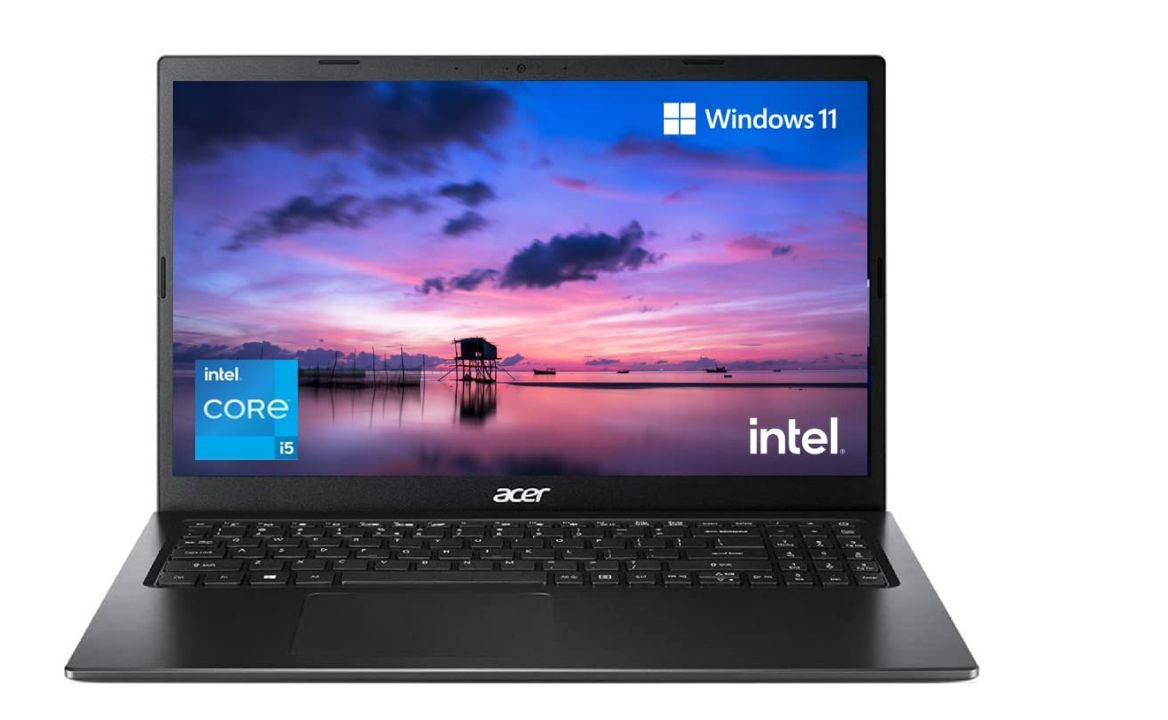
Acer Campus Extensa 15 (EX215-31-P5EQ)is a somewhat more cultured device and offers at least 8 GB of RAM. Acer operates the Intel Pentium N 5030 with 4 cores as the processor. At 15.6 inches (39.6 Cm), the display is large and acceptable to last a day at school or university. The internal memory is sparse at 128 GB.
Specifications:
| Display | 39.6 cm (15.6 in) |
| Resolution | 1920×1080 pixels |
| Processor | Intel Pentium-N 5030 |
| RAM | 4 GB |
| Storage | 128 GB |
| Price |
₹ 29,990 |
5. HP Stream 11
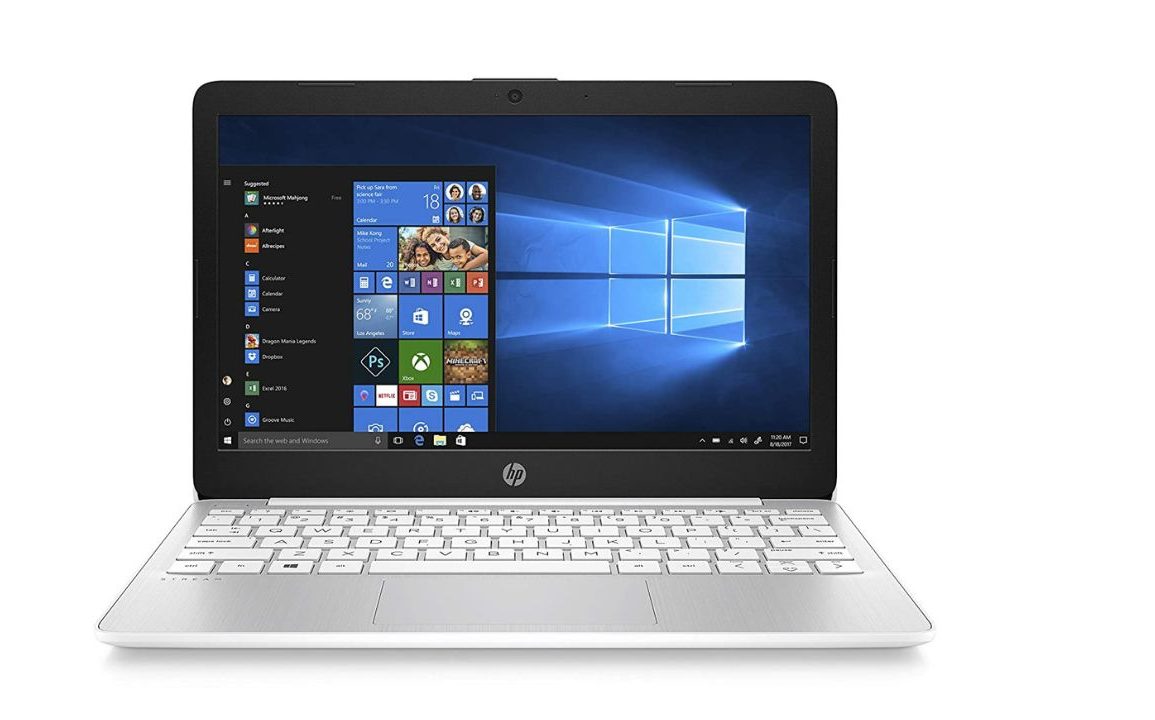
Small and light: The HP Stream 11-ak0720 weighs only 1500 grams. Unfortunately, it only offers an 11.6-inch display (29.5 Cm) and unfortunately, its 4 GB of RAM is perpetually installed. Upgrading is not possible in this area & the data memory is likewise particularly sparse at 64 GB. A student requires to keep the calculator really clean if it is to remain to perform for a few years. The built-in Intel Celeron N4020 processor offers the computing capacity of 2 cores. The battery life of up to 13.25 hours is genuinely powerful.
Specifications:
| Display | 29.5 cm (11.6 in) |
| Resolution | 1366×768 pixels |
| Processor | Intel Celeron N4020 |
| RAM | 4 GB |
| Storage | 64 GB |
| Price |
₹ 39,428 |
Laptop for students: That’s what matters
Thankfully, the student laptop doesn’t need the top-of-the-line model. Programs such as Outlook, Zoom, Teams, or Excel do not demand as much performance as games, for example. Yet, it often happens that students use the programs at the same time and may still have the browser open. And with that, 4 GB of RAM and a dual-core processor quickly reach their limits. 8 GB of RAM and 4 cores are therefore welcome.
A high-performance dedicated graphics card, on the other hand, is not required in the laptop for students. The processor-integrated graphics units from the manufacturers AMD and Intel are sufficient. The rule of thumb here is that the integrated graphics cards of the current AMD processors are slightly more powerful than those from Intel. Otherwise involves students: the easier, the better. In expansion, the display shouldn’t be too small and should have as sharp a resolution as the budget allows – the same goes for the front webcam, of course. A large battery is no more harmful to students than reasonable speakers.
Windows Is Better than Chrome OS & Co.
When it comes to the operating system, buyers should opt for Windows 10. Sure, with Chrome OS, macOS, and Linux there are more than enough veritable alternatives. And yes, thanks to the low price, Chromebooks are theoretically a great preference for Windows laptops. But the operating system from Microsoft is the most widely used and if you want to avoid sources of error, you turn to Windows.
And yes, you want to use Windows even if the online lessons take place mainly via browser applications and can therefore be accessed across operating systems. Because if a Windows program is absolutely essential for one or the other task, the child shouldn’t bother with alternative programs, but follow the lectures.


